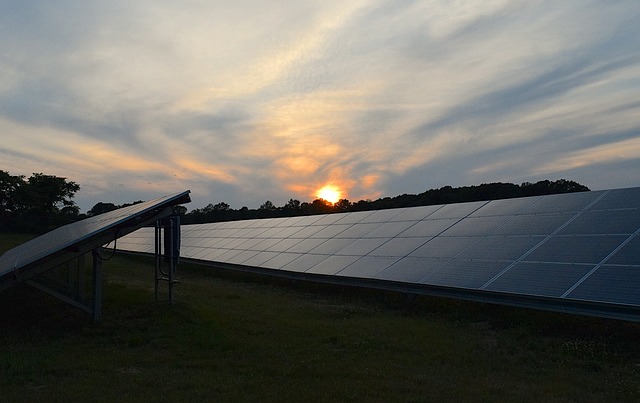Purchasing a solar panel system for your home is a significant financial investment.
Research by talking to people who have purchased a solar system and learn their first-hand experiences. Read reviews by customers on the websites of solar panel manufacturers.
Research online and self-educate before speaking with a salesman. Don’t be talked into a purchase you don’t feel comfortable with.
Solar panels produce no pollution when generating electricity. They produce power quietly, so there is no noise pollution.
Solar panels are manufactured using three types of technology– monocrystalline, polycrystalline, and thin film amorphous.
The first two types use crystalline silicon in their production, and are referred to in the industry as “mono” and “poly.”
In years past, the monocrystalline type was the most commonly installed panels in America. Recently the polycrystalline technology has gained in popularity.
Monocrystalline is the most developed of the three technologies. These panels are produced using a single continuous crystal structure and are readily recognized by the flat dark color of all the cells.
It is important to note, if monocrystalline panels are partially covered with snow or shade, the entire circuit can break down. For this reason, you may want to consider installing micro-inverters instead of a central inverter. Central inverters operate similar to the old strings of Christmas lights– if one light goes out they all do.
Individual micro-inverters are set at each panel, so the ones exposed to full sunlight continue to function.
The mono panels have has the highest efficiency rate, converting sunlight to power at about 22%. They are also the most expensive.
Poly solar panels cost less to produce, and those savings are passed on to the consumer. With improved technology, the polycrystalline-based panels convert sunlight into electricity in the 18-20% efficiency range. They require more space to produce similar output. Excessive daytime temperatures reduce efficiency.
A third technology is the thin-film solar cells. These panels are manufactured by stacking thin layers of photovoltaic material such as silicon or cadmium. These panels are the least expensive to produce, but they have shorter warranties and shorter lifespans.
Thin film types comprise about 5% of residential home solar systems and currently have a 7-13% efficiency rate in producing electricity. They require significantly more space, and therefore the accompanying support structures
It is vital that you research a good brand for your home investment. A company that invests in the highest standards of their manufacturing process is considered a good brand.
A company that ensures there will be a lack of defects on the production line is a good brand. Also, a company that is willing to replace panels when stated warranty standards are not met is a good brand.
Confirm the length of warranty. Twenty-five years is standard at this time. Find out if you qualify for any rebate or tax credit for installing renewable energy.
Remember, investing in a solar power system for your home is similar to building on a new room, you don’t plan to take it down later.

















+ There are no comments
Add yours